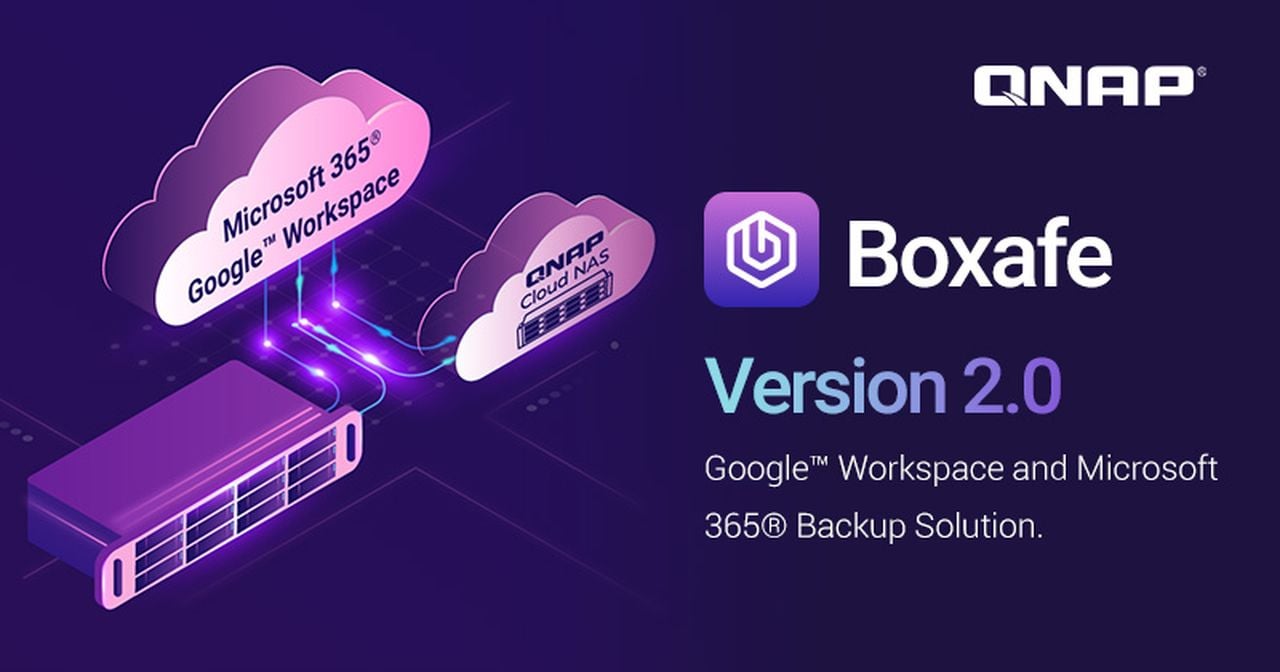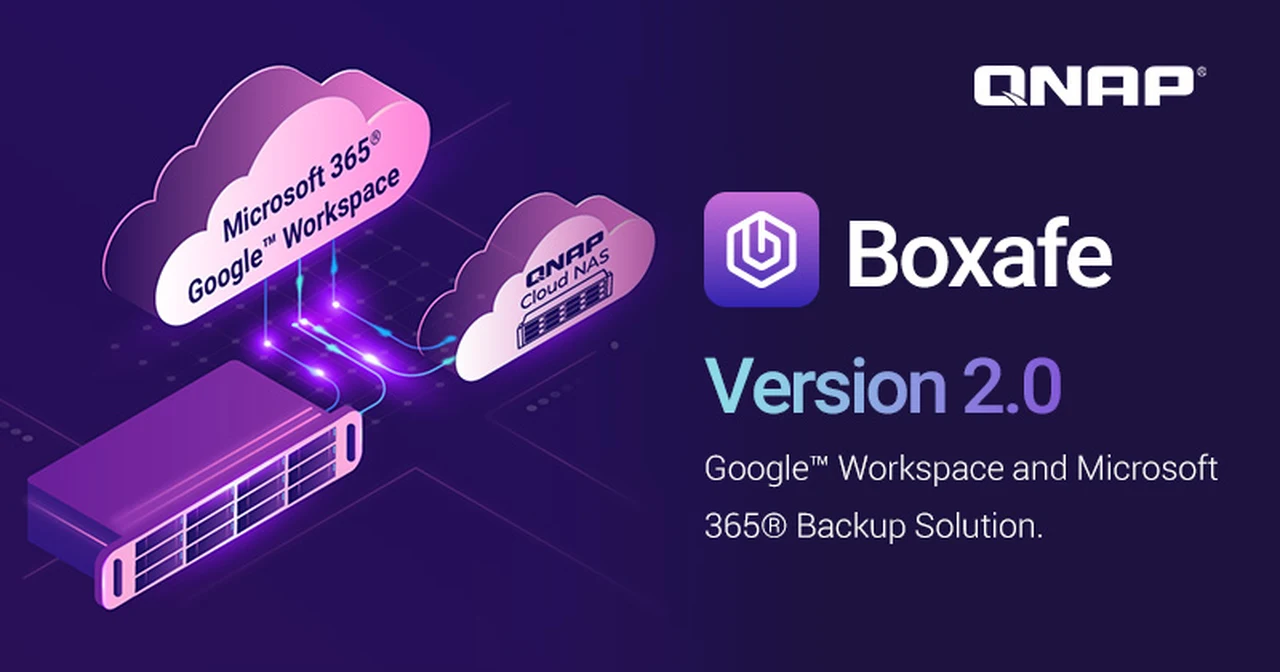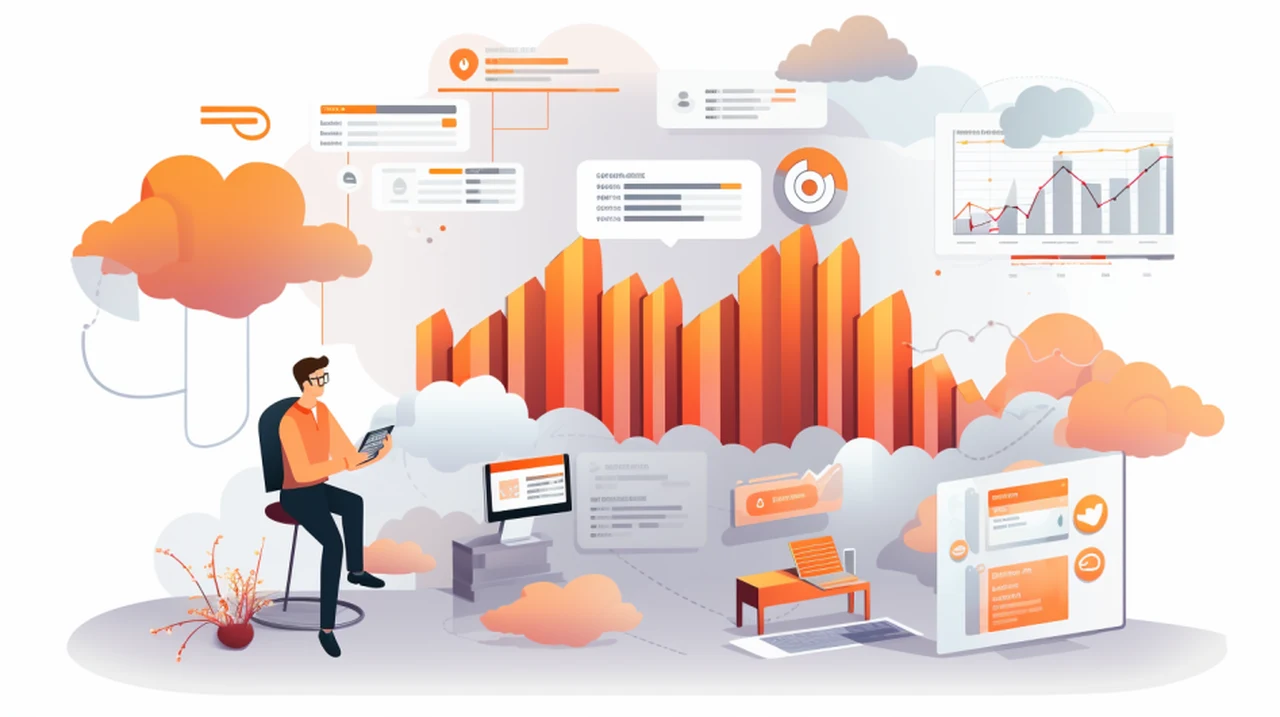[ad_1]

With macroeconomic headwinds persisting in the wake of cutbacks for many UK businesses, it’s clear that the pressure on companies to save money is not going away. But organizations must be wary of the temptation to reduce investment in data technology and analysis, as they risk losing a crucial competitive advantage. With data analysis and artificial intelligence (AI) growing in importance, almost half of businesses (44%) plan to push through data modernization efforts in 2024, according to PwC. Over half of organizations therefore cannot afford to turn their backs on technologies which can deliver key business advantages, such as improved customer experiences and enhanced product innovations.
In the year ahead, the organizations that will be most effective at navigating the economic landscape will be those that focus on managing spend and increasing efficiency to drive better business outcomes. According to IDC, the world is producing more data than ever, as much as 181 zettabytes of data per year by 2025 or the capacity of 45 trillion data DVDs. Especially with the boom of generative AI, data will continue to be a key differentiator for those looking to capitalise on AI – the more diverse and comprehensive the data, the better AI can perform. For businesses to remain competitive, harnessing the power of data insights, along with effective cost management and planning must be front of mind for business leaders.
UK Country Manager, Snowflake.
Business value and transparency
Achieving transparency on existing costs is the first step towards becoming data efficient. For data admins – someone responsible for processing data into a convenient data model – this means using their analytical skills to scrutinize existing workloads, allowing them to identify which are actually delivering valuable insights. From this point, they can take a view on whether to re-architecture, increase or decrease the usage of the workload, or even retire ones which are not delivering results. A full understanding of data lineage, including where data comes from and what happens to it, can also be a useful starting point to help establish cost controls, as well as pinpointing costly errors.
Business transparency must also derive from the SaaS vendor and platform they select to use when it comes to spend. This enables businesses to understand what they are investing in each workload and weigh this up against return on investments. Understanding per-query costs can highlight the most expensive queries and allow admins or IT leaders to rethink them in terms of rewriting or refactoring. Increased visibility and control of spend will provide businesses with the best chance of maximising existing resources.
Predicting future costs
Only when businesses get hold of their data costs can they truly begin to predict future costs, and implement measures to keep spending as efficiently as possible. Many legacy data platforms are highly inflexible, with fixed cost pricing and long-term vendor lock-in contracts, making it harder to implement changes when times are tough, or even when scaling back requirements during quieter periods of data analysis. Such tools often require complex, time-consuming capacity planning in order to keep control of data costs, which can ironically prove expensive in itself.
The costs of data processing, monitoring and control mechanisms cannot be an afterthought. Flexible scaling and consumption-based pricing models are a great way of avoiding unnecessary overprovisioning and paying for processing and storage that does not deliver for the business. A growing number of organizations are also choosing to set up budgets in advance, with spending limits, digital ‘guards’ against overspending, and daily alert notifications and warnings. This allows businesses to pinpoint where money is being spent, how much value it is delivering, and how it can be reined in.
Modern data platforms built in the cloud provide an intuitive UI to examine usage and usage trends, with clear dashboards visualizing which teams, customers and cost centers are responsible for the bulk of spending. Rather than waiting for spending to go over budget, companies can get ahead of the game and see when spending limits are projected to be exceeded. In the long run, this will help technical leaders and CFOs reduce operational costs through more efficient usage.
Tracking usage at a granular level — think account level, per user, or per task — will be a key differentiator. However, larger companies should also contemplate taking control at an organizational level. This can require restricting the actions of teams or individuals to perform credit-consuming resources, such as warehouse creation. Such capabilities also offer in-depth control over factors such as size and number of clusters, and offer granular control over when clusters are spun up, to help to control costs now and in the future. Per-job-cost attribution helps organizations manage department costs and maximize resources as they scale to more teams and jobs. Furthermore, auto-suspend and auto-resume capabilities can be enabled by default. This capability turns platforms off when they aren’t required, preventing paying for unnecessary usage and thus saving customers money.
Harnessing data, controlling costs
Even in tough economic times, organizations should not abandon ambitions to harness the power of data. For businesses in any sector, analyzing and understanding data has never been more important. The focus must instead shift towards changes that actually deliver results, such as moving from legacy on-premises platforms to modern SaaS data platforms that enable better transparency and planning on costs.
Doing so will have a massive impact and empower businesses to take control of their tech investments, which can be a key differentiator in today’s challenging macroeconomic landscape. Businesses should avoid taking the self-defeating, retrograde path of cutting back on their data usage, and should embrace the potential of modern data platforms to maximize cost efficiencies and control, while still forging a path into a data-driven future.
We’ve listed the best cloud management software.
This article was produced as part of TechRadarPro’s Expert Insights channel where we feature the best and brightest minds in the technology industry today. The views expressed here are those of the author and are not necessarily those of TechRadarPro or Future plc. If you are interested in contributing find out more here: https://www.techradar.com/news/submit-your-story-to-techradar-pro
[ad_2]
Source Article Link










